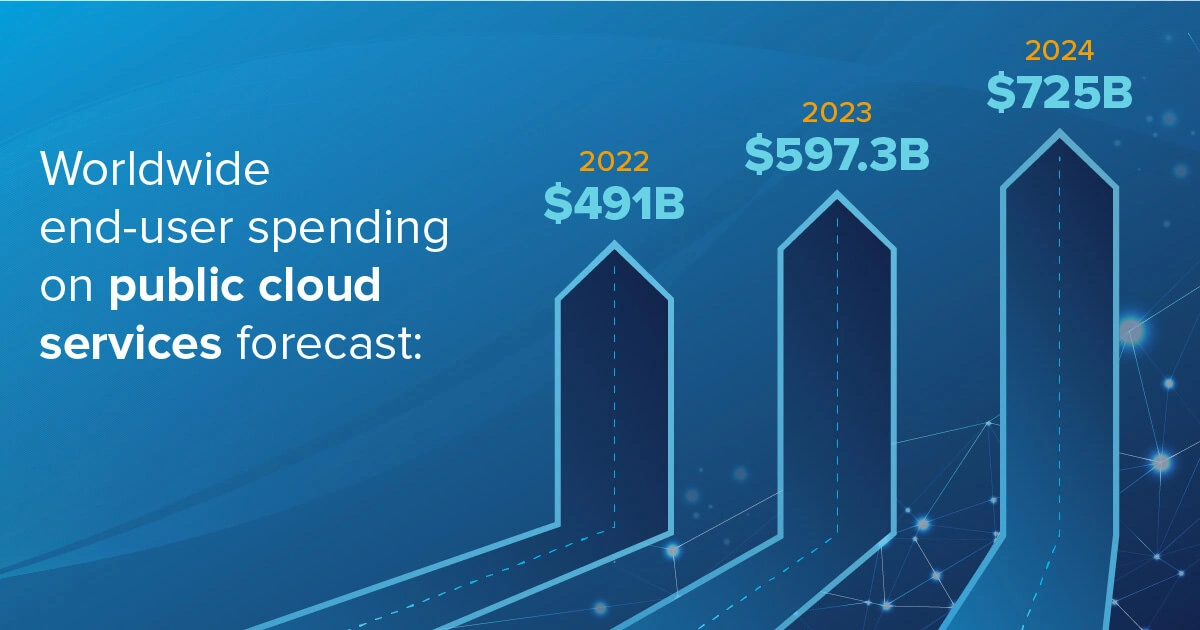
Prioritize RGM opportunities created by your 21st century odyssey
During the last couple of years, Consumer Products manufacturers have been exposed to new challenges. These challenges have forced them to begin a journey, an odyssey if you will, to digitalize or automate business processes that are currently manual or managed by one person with a spreadsheet and do so with minimal business interruption.
There is a litany of reasons why this has occurred: remote workers, rising costs, inflation, shareholder pressure, omnichannel shifts, increased consumer expectations, competition in the marketplace, aging technology, and digital and organizational changes. Companies must prioritize business plans and set a strategy to evolve. CP companies must overcome issues and embrace opportunities created by the evolution of a new digital ecosystem.
Let’s take a step back and define “Digitalization” as the automation of previously manual tasks where some seek to replace older technology with newer technology, update systems or perhaps achieve a combination of both with the desired outcome of adding efficiency and reducing or eliminating manual operations.
CPG digital transformation can begin in 3 areas:

Sales Planning: Many Consumer Products Manufacturers, Distributors and Resellers, who still do annual or period planning in Excel, say that they have to create multiple worksheets, containing macros and links, email them to the field with instructions to input only certain fields, and finally save them in certain ways so as not to “break” the spreadsheets. There are no controls in place to prevent planned spend which can negatively impact financials. And there is no strategic analysis because the entire effort is focused on updating the worksheet. Ultimately, your goal is to have one plan in one place, updated in real-time with actual results for the best possible planning and execution status. Isn’t it?

Finance/Accounting: One of the most basic KPI concepts for entities in the Consumer Products industry is analyzing forecast accuracy which can drive multiple downstream areas, but one of the most important is accrual accuracy which is steered by an updated forecast spend liability. Simply knowing, how much money you need to set aside on the G/L to cover unreconciled future costs is foundational. But with Excel spreadsheets, you are making manual updates of volume and actual expense to reflect the correct spend liability, and arbitrarily booking an estimated cost to see how this is impacting financials. Sound familiar?

Supply Chain: Consumer Products Manufacturers struggle with the question, “How can I create a more digital IT ecosystem?” You need to make all the upstream systems communicate with your downstream supply chain systems (procurement, inventory planning, load planning) to ensure that there are no out-of-stock or overstock inventory situations because all of this can cause a negative impact to contribution. Identifying whether there is incremental activity from the prior year, that may not be called out in the demand planning solution, is critical. Knowing how you can compare Excel worksheet sales planned volume to what the volume plan is in the demand system is necessary. This is probably not the first time you have considered this question..
Consumer Products companies are forced to begin the digitalization trek as soaring costs have deeply impacted margins, and they must begin a similar journey of Revenue Growth Management. Many are quickly learning that the RGM odyssey can take the right turn down Digitalization Lane and make their way home with a win.
Take this RGM journey to further explore key trends impacting your business including omnichannel, optimization and digitalization.
Get the latest news, updates, and exclusive insights from Vistex delivered straight to your inbox. Don’t miss out—opt in now and be the first to know!
